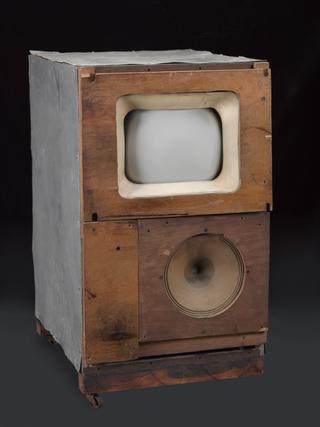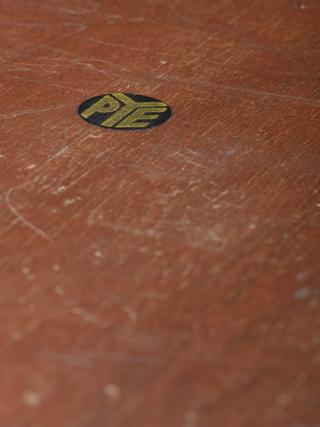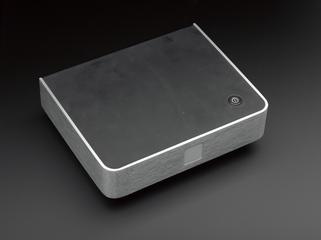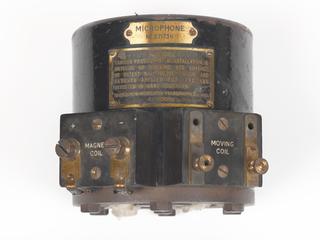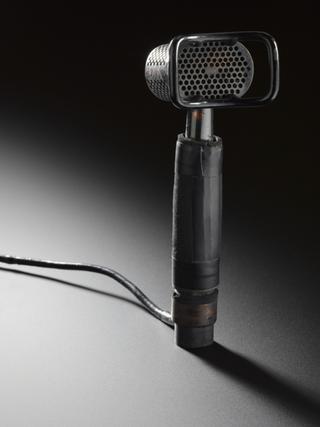
Moorside Edge Transmitter Voltage and Current Meters
- Made:
- 1931 in United Kingdom

Voltage and current meters from Moorside Edge Transmitter installed by the BBC in 1931.
Transmitting meters used to monitor power with a voltage max reading of 2500V and a current max reading of 550mA.
Moorside Edge Transmitter was the third in a series of high powered regional transmitters built by the BBC to improve national radio coverage. Situated in the Pennines near Huddersfield, the station broadcast a medium wave signal that replaced smaller relay stations across the north of England. It opened with the Northern Regional Programme for the north on 17 May 1931 and began broadcasting the National Programme from 12 July.
The BBC Regional Programme was broadcast from 9 March 1930 as a replacement for the local stations network. The Regional Programme provided mixed programming as an alternative to the National Programme. On the outbreak of the Second World War both were combined to a single Home Service. Post-war the Regional Programme retained the Home Service name, whilst the previous National Programme was named the Light Programme.
Details
- Category:
- Television
- Collection:
- BBC Heritage Collection
- Object Number:
- 2012-5118/901
- Materials:
- metal (unknown) and electronic components
- Measurements:
-
overall: 200 mm x 460 mm x 620 mm, 19 kg
